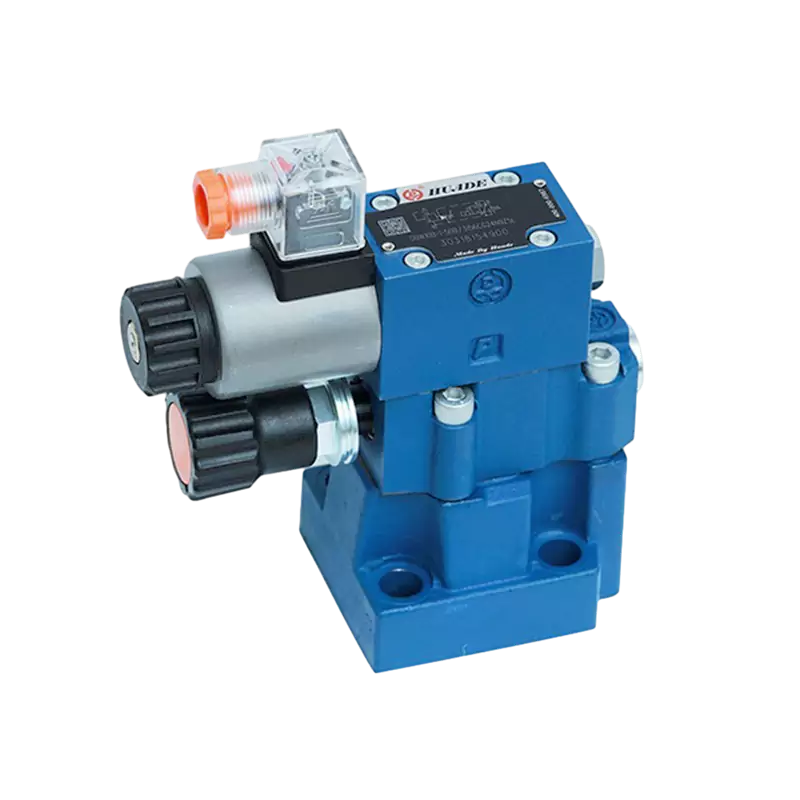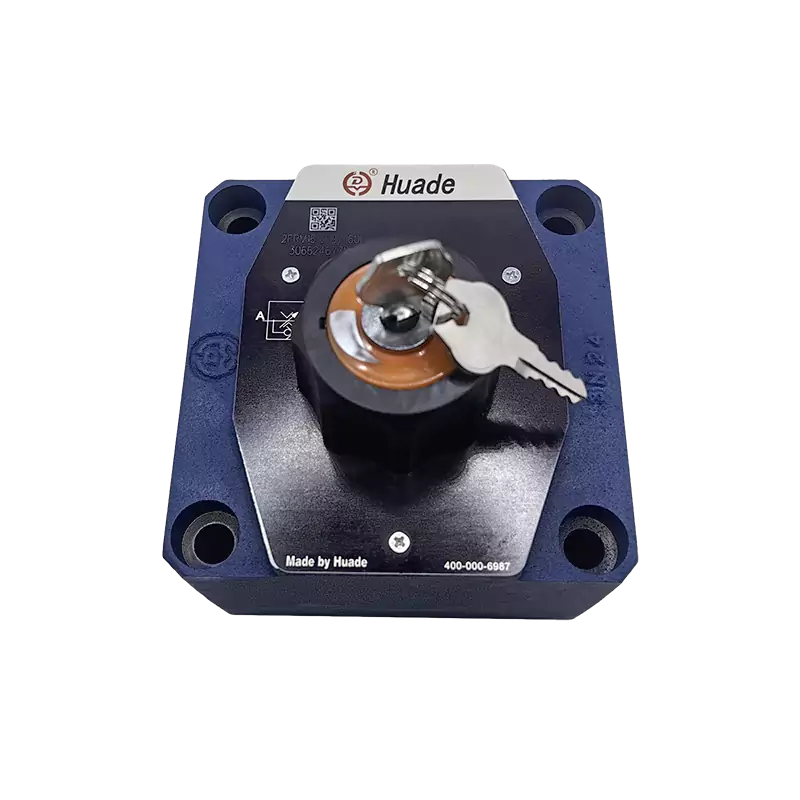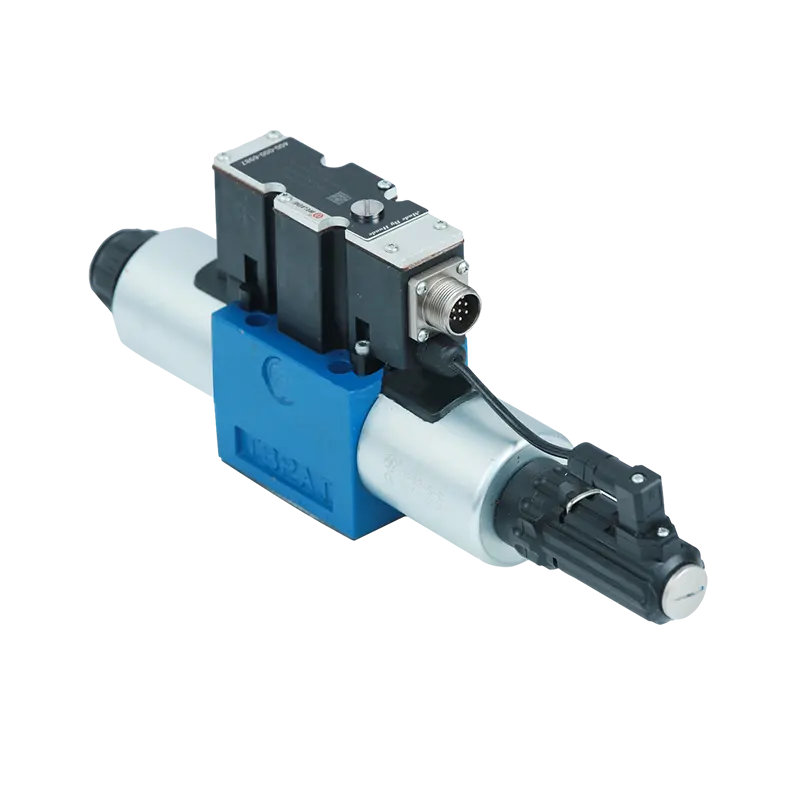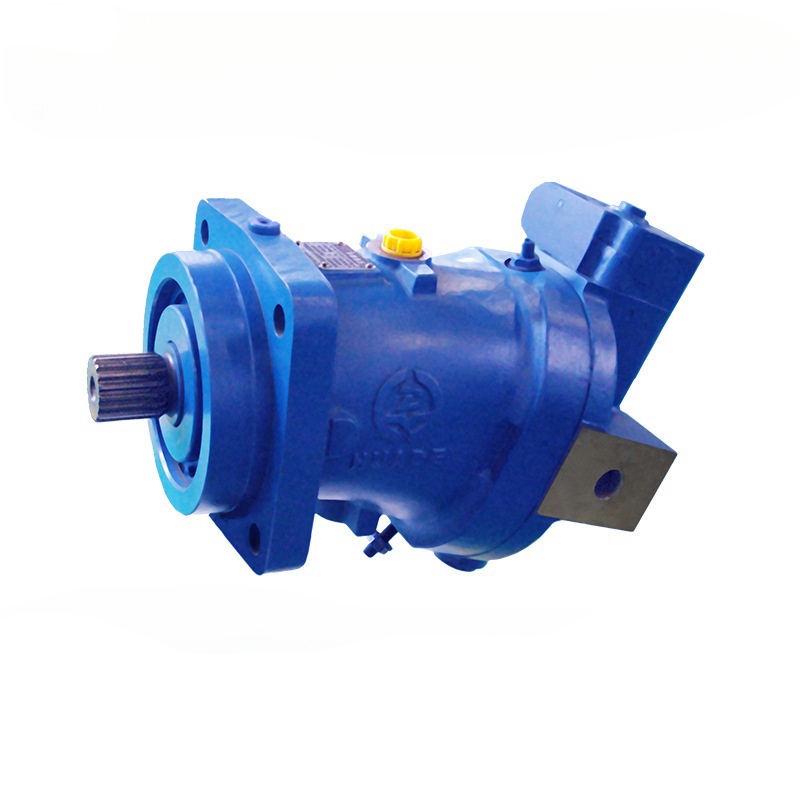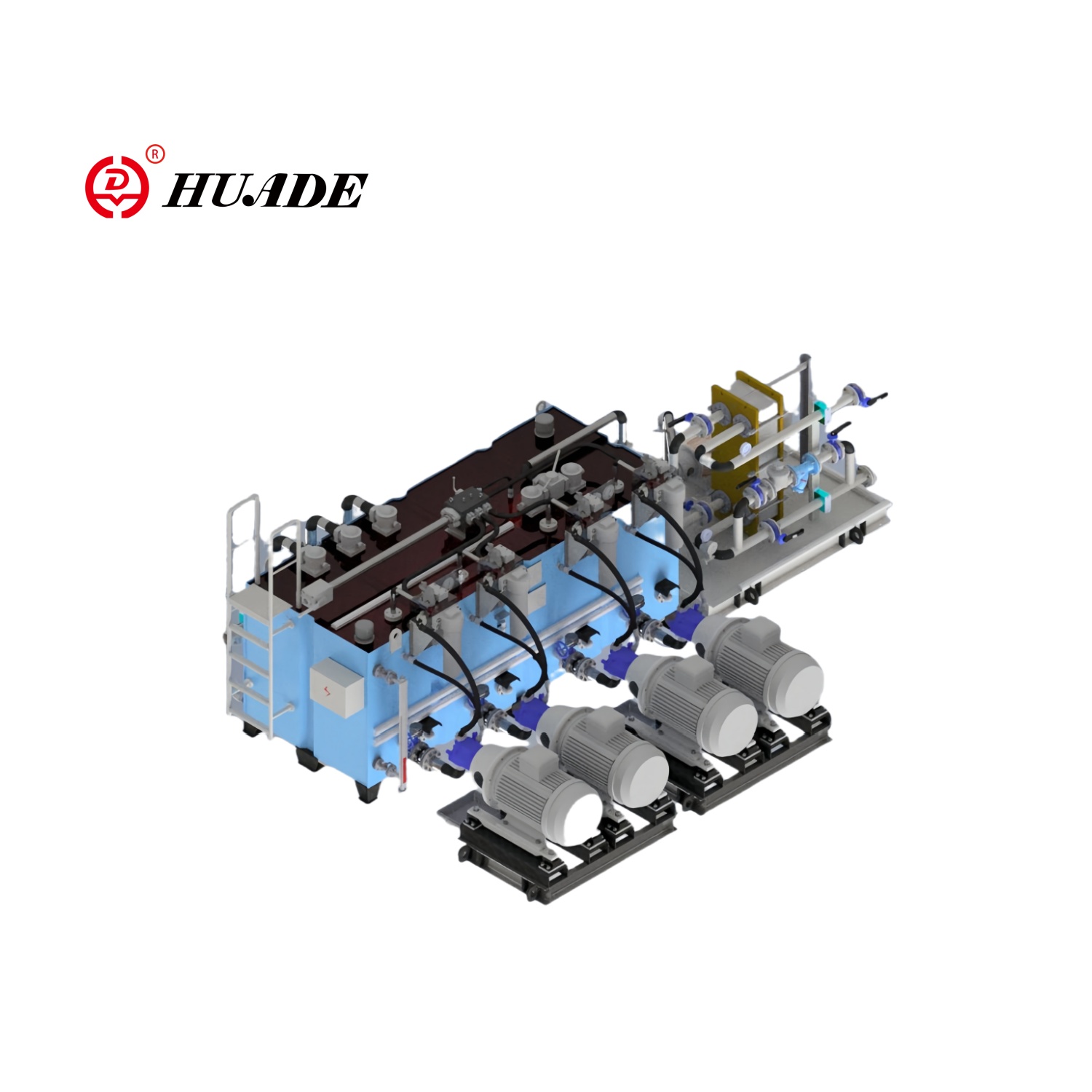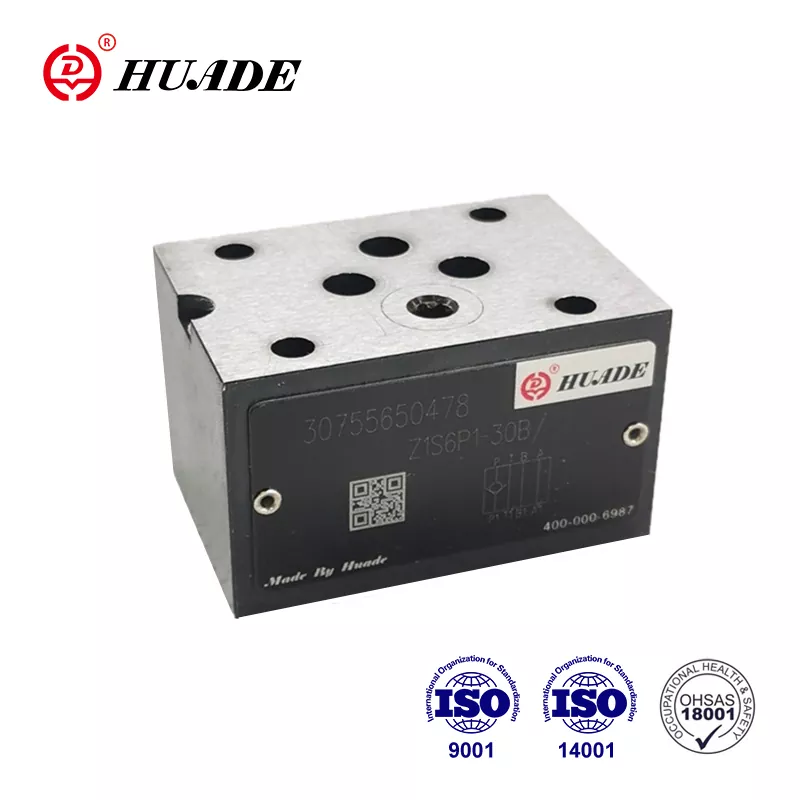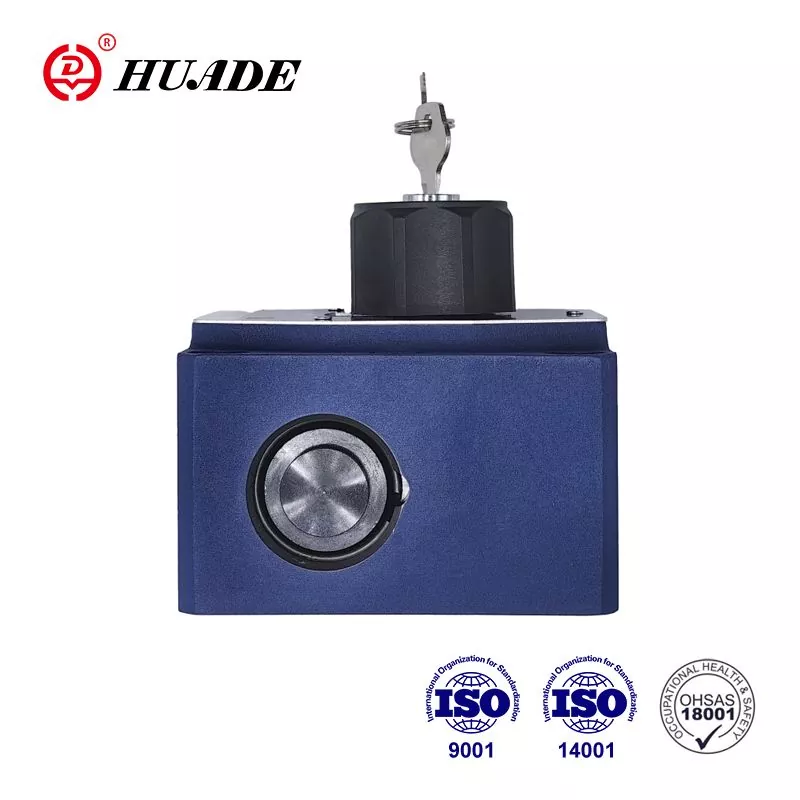Flow control valves are like the faucets in your home, but much more advanced. They control how fast liquids, gases, or steam move through pipes in factories, power plants, and other industrial systems. Just like you turn a faucet handle to control water flow, these valves can be adjusted to speed up, slow down, or completely stop the flow of fluids.
These valves are super important because they help keep systems running safely and efficiently. They're used everywhere - from chemical plants and oil refineries to water treatment facilities and even in heating and cooling systems in buildings.
How Do Flow Control Valves Work?
Think of a flow control valve as a smart gate that sits inside a pipe. This gate can open wide to let lots of fluid through, close partially to slow things down, or shut completely to stop the flow. The valve does this by changing the size of the opening that fluid can pass through.
Main Parts of a Flow Control Valve
Every flow control valve has several key parts working together:
Valve Body: This is like the main house that holds everything together. It's built strong to handle high pressure and heat.
Valve Seat: This creates a tight seal when the valve closes, like a door fitting perfectly in its frame.
Plug or Disc: This is the moving part that opens and closes the valve, controlling how much fluid can pass through.
Actuator: This is the "muscle" that moves the plug or disc. It can be powered by air pressure, electricity, or hydraulic fluid.
Spring: This helps keep the valve stable when pressures change, like a shock absorber.
Stem: This connects the actuator to the plug, transferring the movement.
Types of Flow Control Valves
Flow control valves come in many different types, each designed for specific jobs. Let's look at the main categories.
Linear Motion Valves
These valves work by moving parts straight up and down or back and forth.
Gate Valves
Gate valves work like a sliding door. A flat piece called a gate slides up and down to open or close the valve. When fully open, the gate is completely out of the way, so fluid flows straight through without much resistance.
Good for: Turning flow completely on or off
Not good for: Fine control of flow rates
Used in: Water systems, gas pipelines, and places where you need minimal pressure loss
Globe Valves
Globe valves are the champions of precise control. They work like a cork being pushed into a bottle opening. The plug moves up and down, and the fluid has to change direction as it flows through. This design gives excellent control over flow rates.
Good for: Precise flow control, high and low pressure systems
Not good for: Applications where pressure loss is a problem
Used in: Chemical plants, power stations, oil refineries
Special feature: Can handle extreme temperatures from -425°F to 1100°F
Diaphragm Valves
These valves use a flexible rubber or plastic sheet (diaphragm) that presses down to stop flow. The great thing about diaphragm valves is that the fluid never touches the moving parts, keeping everything clean and preventing leaks.
Good for: Clean applications, corrosive chemicals, food and medicine production
Not good for: Very high temperatures or pressures
Used in: Pharmaceutical companies, food processing, chemical handling
Pinch Valves
Pinch valves are simple and clever. They use a flexible tube or sleeve that gets squeezed (pinched) to control flow. It's like squeezing a garden hose to stop water flow.
Good for: Handling thick fluids with particles, low cost
Not good for: High flow rates, long-term use (the sleeve wears out)
Used in: Mining operations, sewage treatment, handling slurries
Rotary Motion Valves
These valves work by rotating parts to control flow.
Ball Valves
Ball valves have a ball with a hole through it inside the valve body. When you turn the ball, the hole either lines up with the pipe (open) or turns sideways (closed). They're fast, reliable, and easy to operate.
Good for: Quick on/off operation, low pressure loss, long-lasting
Not good for: Precise flow control, handling fluids with particles
Used in: Chemical processing, oil and gas industry, water treatment
Special feature: Can handle pressures up to 2,250 psi and temperatures up to 550°F
Butterfly Valves
Butterfly valves have a flat disc that rotates like a butterfly's wing. When the disc is parallel to the pipe, flow is unrestricted. When it turns perpendicular, flow stops.
Good for: Large pipes, low cost, quick operation
Not good for: Precise control, high-pressure applications
Used in: Water distribution, heating and cooling systems, power plants
Plug Valves
Plug valves use a cylindrical or cone-shaped plug that rotates to open or close ports in the valve body. They provide excellent sealing and can handle tough applications.
Good for: Tight shutoff, handling thick or abrasive fluids
Not good for: Applications requiring low operating force
Used in: Oil and gas industry, chemical processing
Specialized Flow Control Valves
Pneumatic Flow Control Valves
These valves use compressed air to operate quickly and precisely. They're like having a robot control your valve - fast and accurate.
Best for: Applications needing quick response times
Response time: 0.1 to 1 second
Used in: Automated manufacturing, assembly lines
Electronic Flow Control Valves
These high-tech valves use electronic signals for super precise control. They can be controlled by computers and integrated into automated systems.
Best for: Applications requiring extreme precision
Special feature: Can control flow to within 1 ml/min accuracy
Used in: Medical devices, scientific equipment, gas mixing systems
Smart Flow Control Valves
The newest type of valve that includes sensors and internet connectivity. These valves can monitor themselves, predict when they need maintenance, and be controlled remotely.
Best for: Modern automated facilities
Special features: Self-monitoring, predictive maintenance, remote control
Used in: Smart factories, building automation systems
Choosing the Right Valve
Selecting the right flow control valve is like choosing the right tool for a job. Here are the key things to consider:
Flow Requirements
Think about how much fluid needs to move through your system. Make sure the valve can handle your maximum flow (usually designed for 90% open), minimum flow (about 20% open), and normal operating flow (50-70% open).
Pressure Conditions
Consider how much pressure the valve will face. Some valves handle high pressure better than others.
What Kind of Fluid?
Different fluids need different valves:
Corrosive chemicals: Use diaphragm or special ball valves
Thick fluids with particles: Use pinch or diaphragm valves
Clean applications (food, medicine): Use diaphragm or sanitary ball valves
High-temperature steam: Use globe valves
Control Requirements
Think about how precisely you need to control flow:
Linear control: Good for level control systems
Equal percentage control: Good for temperature and pressure control
Quick opening: Good for safety systems
Common Problems and Solutions
Internal Leakage
Problem: Fluid leaks through when valve should be closed
Causes: Worn seals, dirt in the valve, damaged seats
Solutions: Inspect and replace seals, clean the valve, replace damaged parts
Slow Response
Problem: Valve takes too long to open or close
Causes: Actuator problems, low air/hydraulic pressure
Solutions: Check actuator, ensure adequate pressure supply
Poor Control Accuracy
Problem: Valve doesn't control flow precisely
Causes: Sensor problems, need for calibration
Solutions: Recalibrate the valve, check sensor functionality
Industry Applications
Chemical Industry
Uses globe and ball valves because they resist corrosion and provide precise control for handling dangerous chemicals safely.
Oil and Gas
Needs high-pressure ball and globe valves that can handle extreme conditions and pressures found in oil wells and refineries.
Water Treatment
Uses butterfly valves for high-flow, cost-effective applications in water purification and distribution systems.
Food and Pharmaceuticals
Requires diaphragm and sanitary ball valves to maintain cleanliness and prevent contamination.
Aerospace
Uses precise servo and needle valves for lightweight, high-precision control of aircraft systems.
Future Trends
The valve industry is constantly improving. Here are some exciting developments:
Smart Technology
Valves are getting smarter with built-in sensors, internet connectivity, and the ability to predict when they need maintenance.
Better Materials
New materials and 3D printing are making valves stronger, lighter, and more resistant to wear and corrosion.
Energy Efficiency
New designs use less energy and create less waste, helping companies save money and protect the environment.
Cybersecurity
As valves become more connected, security features are being added to protect against cyber attacks.
Maintenance Tips
Taking care of flow control valves is important for keeping systems running smoothly:
Regular Inspections
Check valves regularly for leaks, wear, and proper operation. Catching problems early saves money and prevents bigger issues.
Keep Them Clean
Clean valves regularly, especially when handling dirty or corrosive fluids. Dirt and buildup can cause valves to fail.
Calibration
Periodically check and adjust valve settings to maintain precise control.
Conclusion
Flow control valves are essential components that keep industrial systems running safely and efficiently. From simple gate valves that just turn flow on and off, to sophisticated smart valves that can monitor themselves, there's a valve type for every application.
The key to success is understanding what each type of valve does best and matching it to your specific needs. Consider your flow requirements, pressure conditions, fluid type, and control needs when making your choice.
As technology advances, valves are becoming smarter, more efficient, and more reliable. Whether you're an engineer designing a new system, a maintenance technician keeping things running, or a student learning about industrial systems, understanding flow control valves will help you make better decisions and solve problems more effectively.
Remember, the right valve in the right application can save energy, improve safety, and reduce maintenance costs. Take time to understand your options, and don't hesitate to consult with valve experts when making important decisions.
Quick Reference: Valve Selection Guide
| Application | Best Valve Type | Why |
|---|---|---|
| On/Off Control | Gate or Ball Valve | Fast operation, tight shutoff |
| Precise Flow Control | Globe or Needle Valve | Excellent throttling capability |
| Corrosive Chemicals | Diaphragm Valve | Fluid isolation, chemical resistance |
| Large Water Lines | Butterfly Valve | Cost-effective for big pipes |
| Slurries/Particles | Pinch Valve | Handles abrasive materials well |
| High-Tech Applications | Electronic/Smart Valve | Precise control, automation ready |
| Food/Pharma | Diaphragm/Sanitary Ball | Clean, hygienic operation |
By understanding these basics, you'll be well-equipped to select, operate, and maintain flow control valves in any industrial application.


